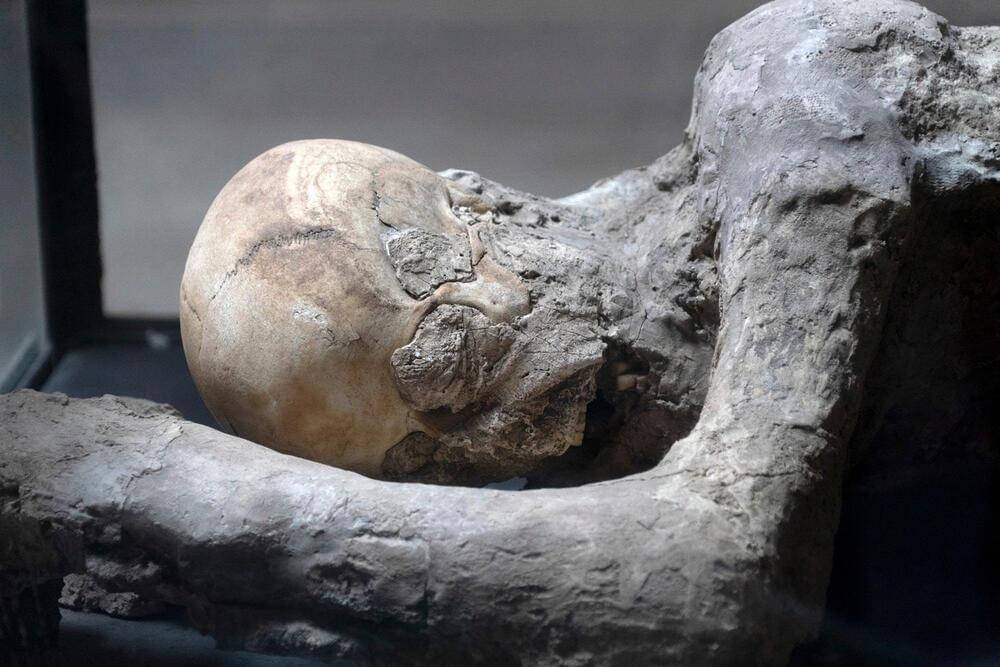Based on what I have observed while dodging pedestrians with heads-down watching TikTok video clips, my answer is yes.
Researchers at the Massachusetts Institute of Technology (MIT) Media Lab have created a novel fabrication process to produce smart textiles that comfortabl | Technology.
Using 3DKnITS, the research team created a “smart” shoe and mat, followed by building a hardware and software system capable of measuring and interpreting real-time data from the pressure sensors. An individual then performed yoga poses on the smart textile mat while the machine-learning system was able to accurately predict the individual’s motions and poses 99 percent of the time.
“Some of the early pioneering work on smart fabrics happened at the Media Lab in the late ’90s. The materials, embeddable electronics, and fabrication machines have advanced enormously since then,” said co-author Jospeh A. Paradiso, an Alexander W. Dreyfoos Professor and Director of the Responsive Environments group within the Media Lab. “It’s a great time to see our research returning to this area, for example through projects like Irmandy’s — they point at an exciting future where sensing and functions diffuse more fluidly into materials and open up enormous possibilities.”
Wicaksono now plans to refine the circuit and machine learning model since the fabrication technique has been deemed a success. This refinement involves the removing a time-consuming calibration step which currently needs to be done to each individual before the system can classify actions. Once this is done, 3DKnITS will be easier to use. Along with that, the researchers also hope to conduct tests on smart shoes outside of the lab to test how the accuracy of the sensors are affected by environmental conditions such as temperature and humidity.
Hibernation Biology & Applications In Human Health & Resilience — Dr. Dana K. Merriman, Ph.D., Distinguished Professor Emerita of Biology; Director of the Squirrel Colony, UW-Oshkosh.
Dr. Dana K. Merriman Ph.D. (www.uwosh.edu/facstaff/merriman/VaughanHome), is Distinguished Professor Emerita of Biology, and Director of the Squirrel Colony, at University of Wisconsin Oshkosh, and Adjunct Professor of Ophthalmology & Visual Sciences, Medical College of Wisconsin.
With her BA in Biological Science and her PhD in Physiology and Cell Biology, both from University of California-Santa Barbara, as well as having spent time as a Postdoctoral Fellow at University of Utah Health Sciences Center, a core focus of Dr. Merriman’s laboratory research over the years has been the development of a captive breeding colony of the 13-lined ground squirrels.
This unique, one-of-a-kind captive breeding program, due to this species very unique cone-dominant, diurnal visual system, as well as their impressive physiological ability to survive in hibernation for over six months without food or water, has served investigators with animals and custom-dissected tissues from the US, Asia, and Europe for decades, as well as been core to Dr Merriman’s own work on vision, including cone cell biology and retinal function during the metabolic state transitions associated with hibernation.
Over the years, Dr. Merriman expanded her research horizon well outside of vision, into neuroscience, and in recent years she has collaborated on studies of muscle physiology, viral genomics, molecular biology of transposable elements, and comparative genetics of the control of coat patterning.
Passing Human Knowledge — The Posthuman University is now open https://www.patreon.com/posthuman_university.
View insights.
50 post reach.
Become a patron of Posthuman University today: Get access to exclusive content and experiences on the world’s largest membership platform for artists and creators.
Intel ((INTC) — Get Intel Corporation Report ) is the bearer of additional bad news.
The chip giant will give an extra blow to consumers and businesses concerned about the health of the economy. For several weeks in fact, consumers have seen their bills for groceries and other products increase. The price of gasoline at the pump has jumped when they go to fill up their car.
And the situation is not getting any better since inflation remains at its highest for forty years, which should push the Federal Reserve to be even more aggressive in raising rates. However, economists have already warned that this monetary policy would plunge the economy into recession.
With gas prices soaring to record highs, a vehicle powered by the sun could eventually be quite appealing.
A new study has identified neuroplastic changes in brain structure that accompany attention bias modification training in highly anxious individuals. The findings, which appear in the journal Biological Psychology, shed light on the mechanisms underlying the efficacy of the treatment.
Research has demonstrated that the brain prioritizes threating information over non-threatening information. But in highly anxious individuals, this attentional bias can become exaggerated and detrimental. The authors of the new study sought to better understand the changes in brain structure that result from attention bias modification, an intervention that seeks to systematically train attention away from threatening stimuli and toward neutral stimuli.
“Our lab has had a longstanding interest in understanding the behavioral and neural mechanisms of affective attention and attentional bias to affective information,” said study authors Josh Carlson and Lin Fang of the Cognitive x Affective Behavior & Integrated Neuroscience (CABIN) Lab at Northern Michigan University.
Research that was recently published in Scientific Reports presents the first human genome that has been successfully sequenced from a person who passed away in Pompeii, Italy, after Mount Vesuvius’ explosion in the year 79 CE. Only little segments of mitochondrial DNA
DNA, or deoxyribonucleic acid, is a molecule composed of two long strands of nucleotides that coil around each other to form a double helix. It is the hereditary material in humans and almost all other organisms that carries genetic instructions for development, functioning, growth, and reproduction. Nearly every cell in a person’s body has the same DNA. Most DNA is located in the cell nucleus (where it is called nuclear DNA), but a small amount of DNA can also be found in the mitochondria (where it is called mitochondrial DNA or mtDNA).
Pathfinder brought the first rover to the Martian surface. The mission paved the way for Spirit, Opportunity, Curiosity, and Perseverance.









